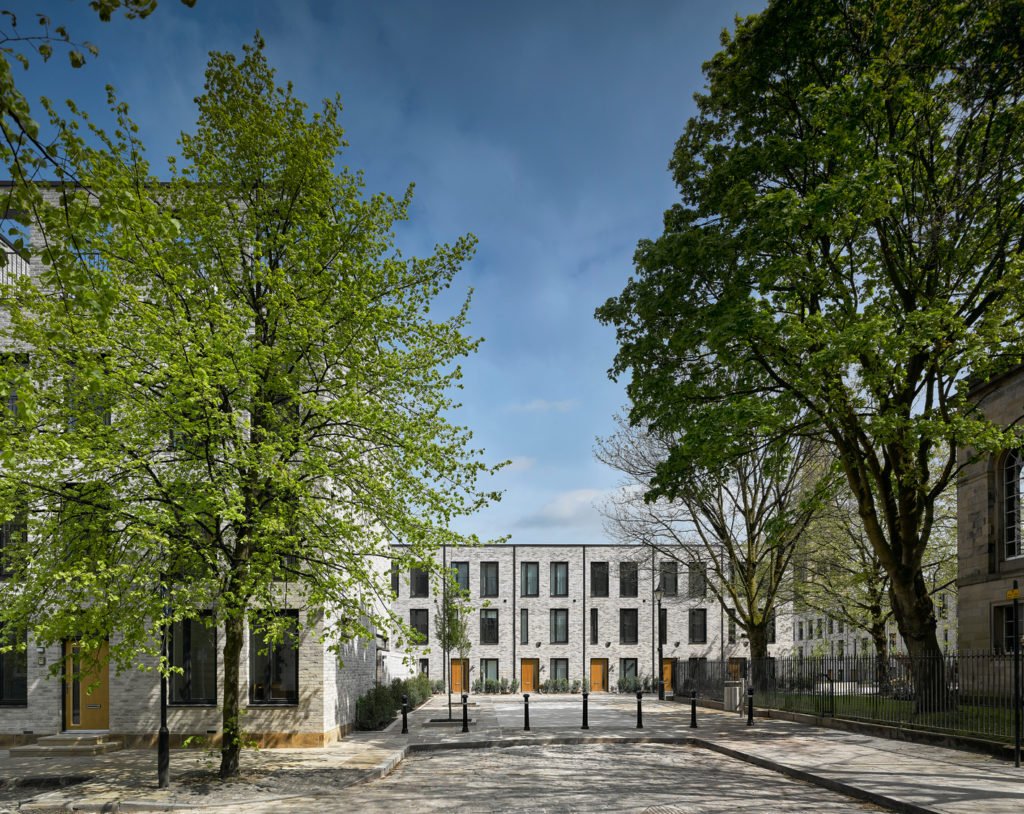Our Sustainable Future: Accelerating the delivery of Passivhaus-certified homes
10.04.25 4 min read

‘Muse home’ is a bold innovation and an emerging model for the delivery of low-rise Passivhaus Classic certified homes across the country.
Leveraging our experience of brownfield regeneration, the Muse home model enables us to deliver family homes to the most rigorous of sustainable standards and apply it at national scale.
Passivhaus standards are characterised by extremely high levels of energy efficiency and can reduce a home’s running cost by up to 90%.
Muse home builds on our depth of experience delivering Passivhaus-certified homes at Greenhaus – and now Willohaus – in Salford.

Willohaus, Salford
We are also the first major placemaker to become a member of the Passivhaus Trust, helping to shape the national agenda.
We have already successfully delivered Passivhaus homes across mid- and high- rise opportunities. Now we are in a position to transfer our knowledge to a low-rise places for the first time, which is very different in terms of approach.
As far as we know, we are the only national placemaker in England currently aiming to deliver such a programme.
Focussing on two and three-bed homes – set across two and three stories – the model will apply a consistent and standard approach. As well as focus on reducing operational emissions, we will also aim to reduce embodied carbon emissions – for example by using timber frame construction bespoke to the Passivhaus design standard.
However, there will be flexibility in design to meet local needs and requirements. By taking this approach, we can accelerate delivery, provider greater certainty to our partners, and lower costs.
This means introducing higher density living when it’s appropriate, and lower density when it isn’t.
We also know that sustainability has become consistently more important to our partners.
The approach was initially inspired by our work at Timekeepers Square in Salford. Made up of 36 two-, three-, and four- bedroom townhouses – reflecting Georgian architecture – it is a tranquil neighbourhood within the Salford Central masterplan. It proved that low-rise housing was appropriate, popular, and deliverable as part of wider brownfield regeneration.

Timekeepers Square, Salford
Working in partnership with Salford City Council, we’ve now introduced the Muse home model to the Crescent Salford masterplan for the first time.
It’s a complimentary piece of the £1 billion puzzle. It ensures there are good and sustainable homes available to everyone and we expect to be able to start delivery later in 2025.